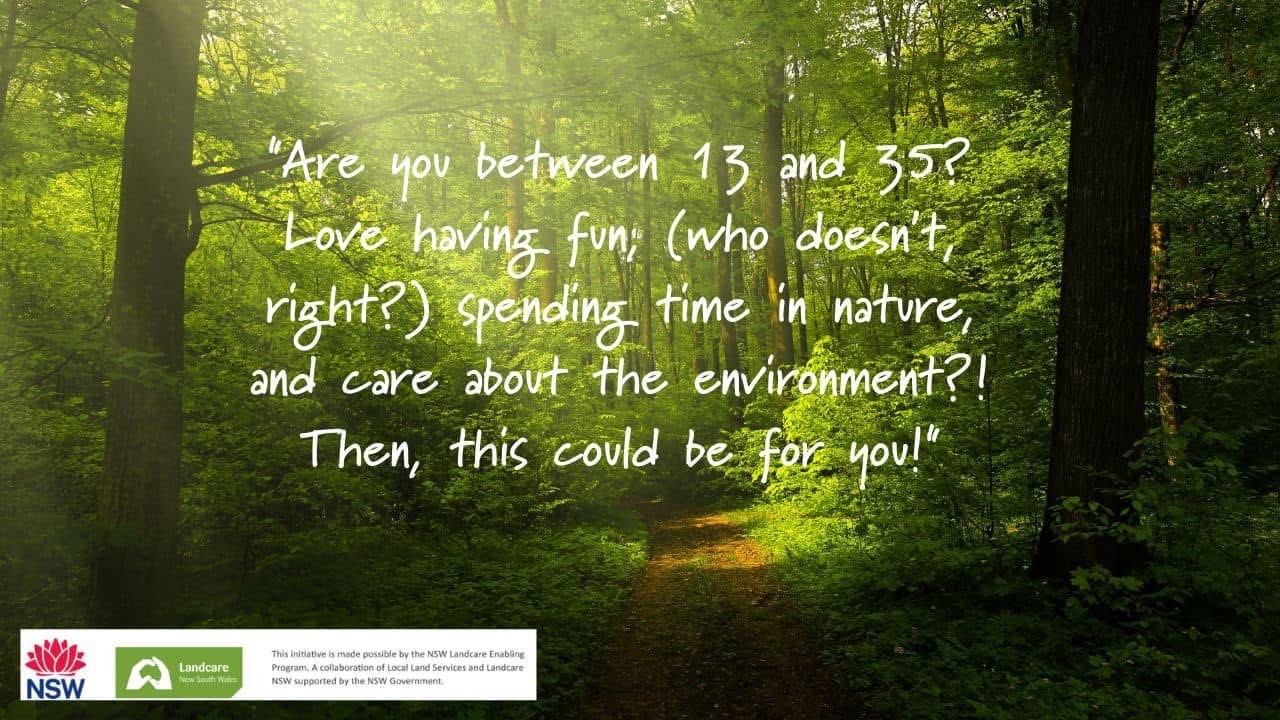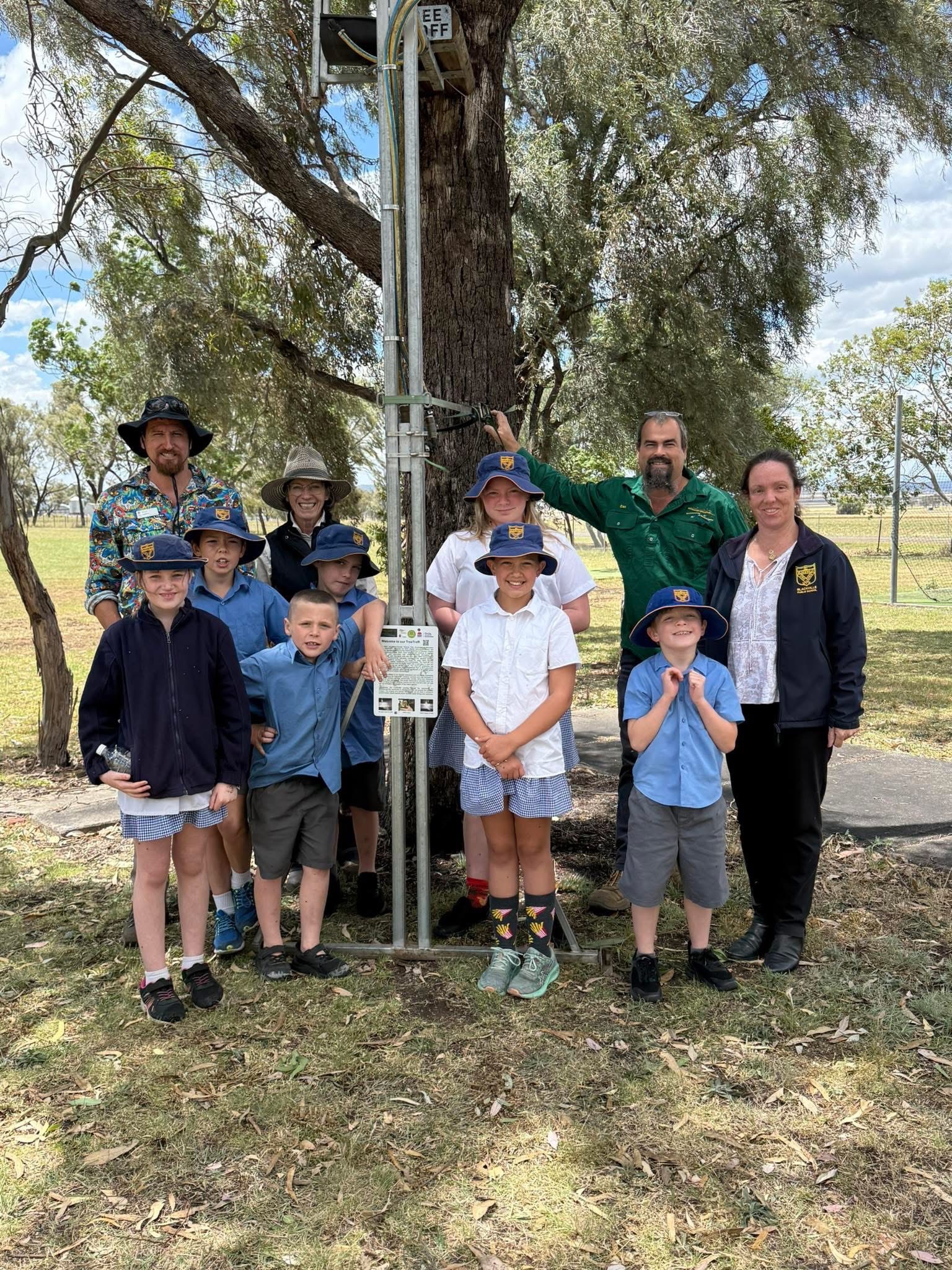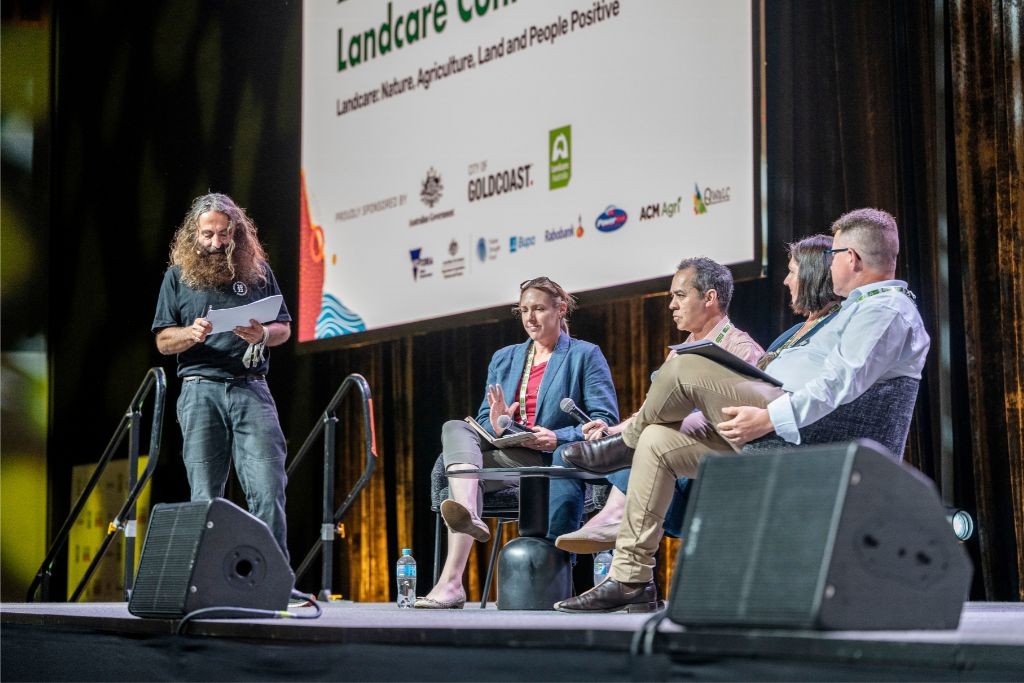Landcare Australia seeks NSW landholder/s interested in participating in a large direct seeding project
Landcare Australia is looking for a landholder/s who would be interested in participating in a large direct seeding project, in collaboration with one of our corporate partners, to plant 44,444 trees in 2025. This project could involve either 1 landholder willing to plant an area/s up to 40 hectares or multiple landholders interested in planting area/s up to 20 hectares each. Landcare Australia will also consider a project with several landholders interested in planting a minimum of 10-15 hectares, to reach a combined total of 40 hectares for this project.
The site/s will be prepared and direct seeded by Landcare Australia with seeds of local province, to promote biodiversity and improve ecosystem functions. Minimum requirements for landholders may include supplying and installing fencing to exclude stock from the planting areas, until such time the seedlings are capable of handling some grazing, all other maintenance costs (for approximately 2 years) will be covered by Landcare Australia. Works would occur during ideal conditions, with site preparations beginning in spring 2024, and planting would be completed by end of spring 2025 (landholder agreement timing dependent).
We are looking for properties located in the Northern Tablelands, Central Tablelands, Lower North coast, Hunter, Greater Sydney Region, Eastern Riverina and the Southeast of NSW.
For more information or to submit your expression of interest, please contact us via email: enquiries@landcareaustralia.com.au

.jpg)
.jpg)

.jpg)



.png)
